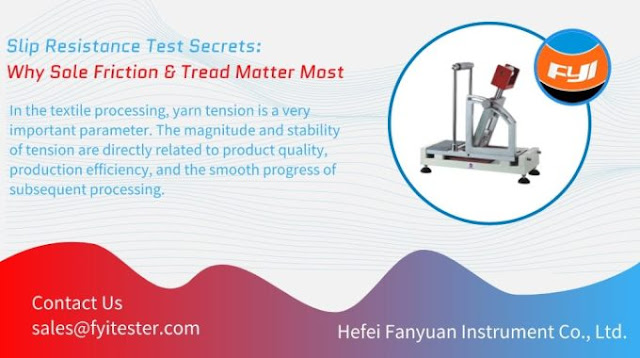Ring Frame Machine: Complete Technical Guide for Modern Textile Manufacturing

Ring frame machines are super important for making yarn today. In the tough world of making cloth, these machines are the main way to spin fibers. They are key tools for places that do research, and quality control to get the best results. A long time ago, in 1828, a man named John Thorp in America made the first ring spinning machine. Since then, these machines have gotten much better, but they are still very important. Now, most of the yarn made around the world, over 80%, is made using ring spinning. It’s the most common way to twist fibers into yarn and wind it up at the same time. This simple guide will tell you all about ring frame machines. It will explain how they work and talk about the details that matter. This will help you know how to pick the right machines, how to use them, and how to take care of them. Let’s dive in: What Defines a Ring Frame Machine? A ring frame is a special machine used to make thread. It takes soft, thick strands and turns them into strong, thin thre...


